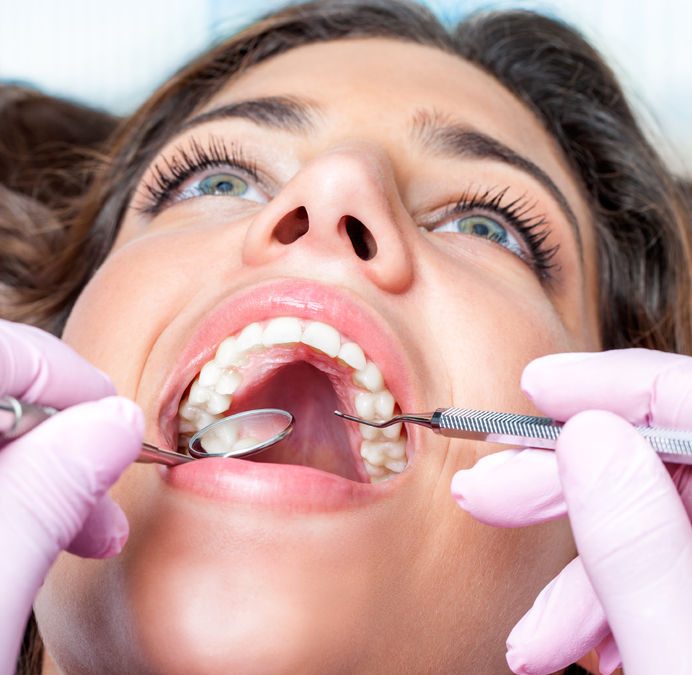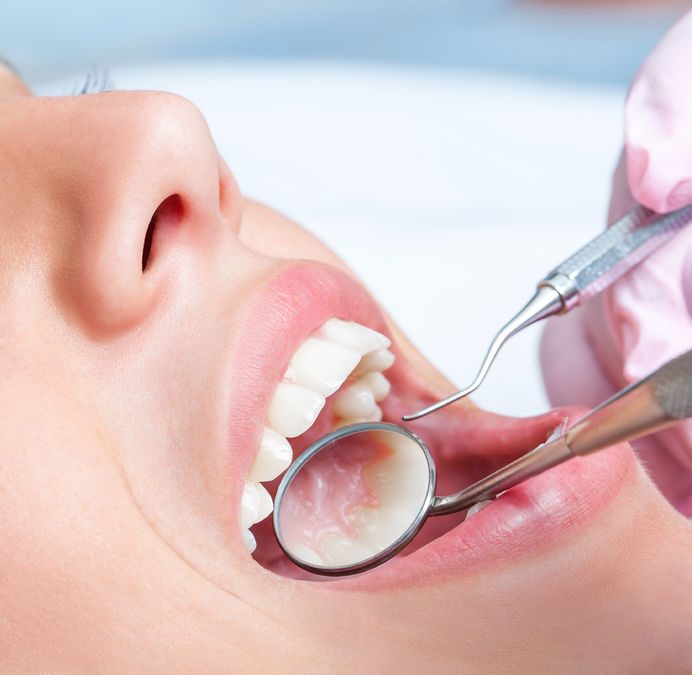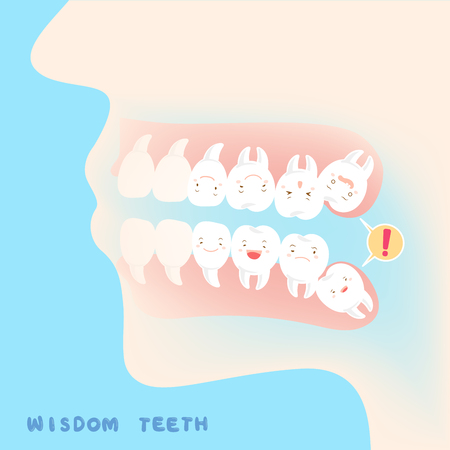When you have braces on teeth, those teeth need extra attention to protect them from decay, staining and gum disease. You should also take precautions to avoid damaging the braces. For example, activities to avoid include eating chewy or sticky sweets, eating hard or crunchy foods, biting your lip, breathing excessively through your mouth and pushing your tongue against your teeth, according to the Academy of General Dentistry.
Brushing
Although brushing twice a day is the standard oral care recommendation, when you wear braces, you should brush after every time you eat — even after that mid-afternoon vending machine snack or some late-night munchies. That’s because food particles easily become trapped in the braces, and the longer those particles stay trapped, the greater risk you have of developing dental problems. Use a soft toothbrush with round bristles, or an electric toothbrush if you prefer.
Start by rinsing your mouth with water to loosen food stuck in and around your braces. It’s important to brush each tooth at the gum line and both above and below the brackets. Brush your gum line first, holding the toothbrush at a 45-degree angle. Next, clean the brackets by brushing at a downward angle on top of the brackets and brushing at an upward angle at the bottom of the brackets. Rinse again after brushing.
Other Cleaning Methods
Floss at least once a day, making sure you floss not only between the braces but also under the wires. To more easily floss under the wires, use a floss threader or orthodontic flosser, which you can buy at drug stores. Waxed floss is easier to slide between your teeth and less likely to snag on your braces than unwaxed floss.
If you have space between your teeth, you might find that an interproximal (also called interdental) brush that goes between the teeth works better than flossing. Another option for hard-to-reach areas is an oral irrigator. Its stream of pulsating water can remove plaque and food debris. You can also rinse with a mouthwash, such as Colgate Total® Advanced Pro-Shield™, to kill any bacteria missed by brushing and flossing.
Watch What You Eat
When you wear braces, you need to be more aware of what you eat. Eating too many sugary and starchy foods can cause plaque to build up around the brackets, which can cause staining of the teeth, causing cavities or leading to gum disease. You should especially avoid sticky and chewy foods, such as dried fruits, caramel, taffy, corn on the cob and chewing gum, all of which can become stuck and be hard to remove from braces.
Hard foods are another no-no. Foods such as nuts, ice, popcorn and beef jerky can break the wires of the braces and loosen the brackets. Even otherwise healthy foods, such as raw apples and carrots, can be problematic because their hard texture can damage the wires. To eat crunchy foods, cut them into small, bite-size pieces.
Additional Tips
If you are caught without a toothbrush, vigorously rinse your mouth with water (or mouthwash) and brush as soon as possible. Also, if your braces or wires chafe the inside of your lips, you can place a special wax on them to prevent this from happening. You can get this wax at drug stores, or just ask your dentist or orthodontist.

What you need to know about Oral Cancer
What you need to know about Oral Cancer People are affected by oral cancer all the time, whether it occurs in the neck, on your lip or in your gums. Knowing the causes, symptoms and how to prevent oral cancer are all very important to know and be aware of. In this...

Diabetes and Oral Health
Are diabetes and dental problems related? Yes, the two are very much related in the sense that if it has been determined that you have diabetes then you're more than likely at a risk for developing oral health problems, especially gum disease. Did you know that...

All you need to know about Wisdom Teeth
All you need to know about Wisdom Teeth We've all heard about wisdom teeth but do you know everything about them? Read this article to learn more about wisdom teeth as we answer some commonly asked questions about them for you. What are wisdom teeth? The third and...

